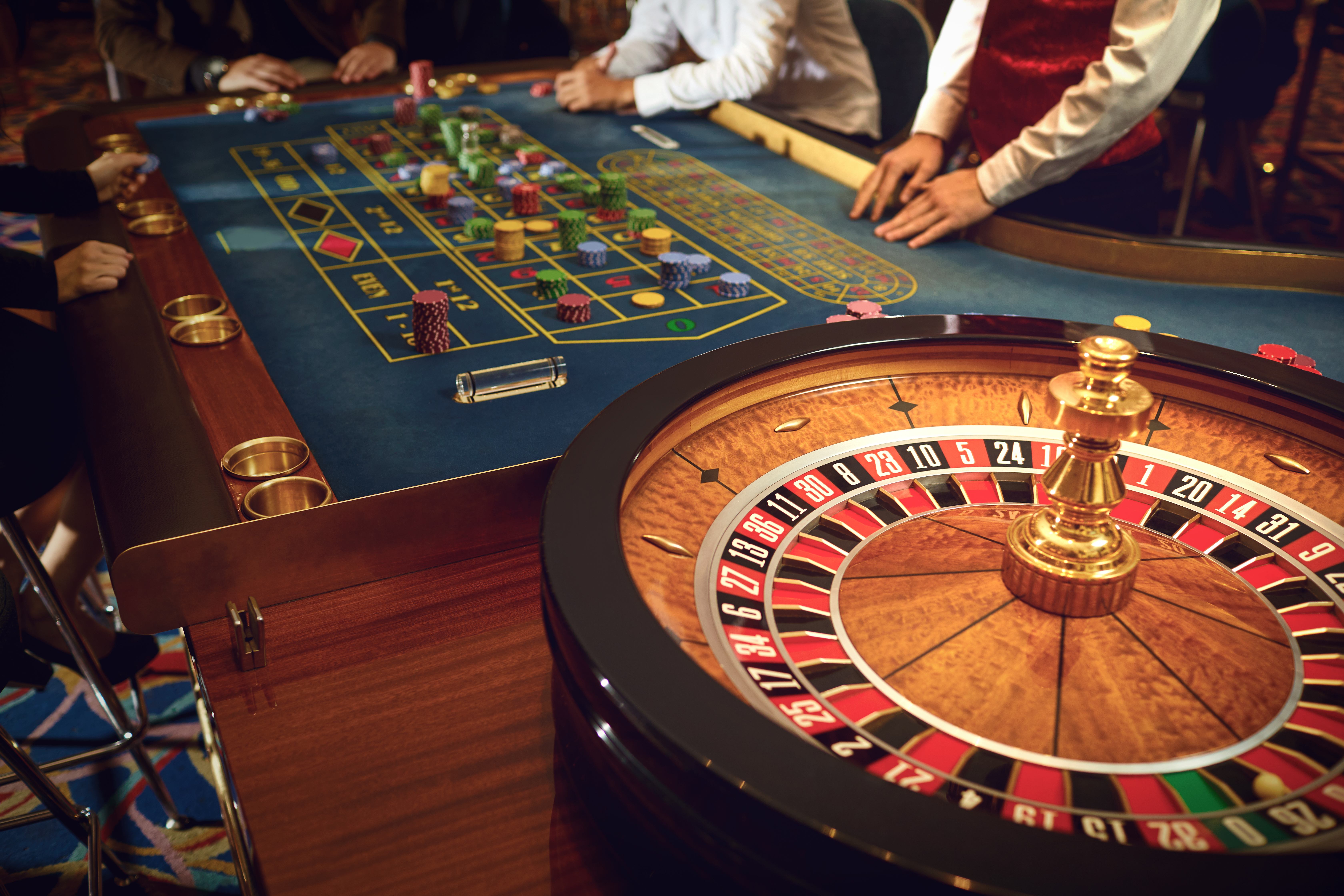
Gambling games have long captivated people’s attention, drawing players into a universe filled with chance, strategy, and the allure of thrill. Each game is carefully crafted not just for enjoyment, but also to inspire particular emotional responses that keep participants engaged and invested. Understanding the motivations behind these designs reveals much about how psychology plays a key role in the gaming experience.
From the bright lights and dynamic sounds to the sophisticated layering of rules and rewards, casino games are designed to create an atmosphere of anticipation and expectation. Game designers leverage mental cues to influence player behavior, whether through the use of winning opportunities, almost wins, or social connections. By examining these aspects, we can better appreciate how casino games fulfill not just a desire for entertainment, but more profound psychological needs for adventure and uncertainty.
Understanding Player Actions
Casino games are designed with a deep grasp of player psychology, which is vital for luring and retaining players. The thrill of the game, coupled with the expectation of winning, establishes a strong draw. Game designers employ elements like audio cues, colorful graphics, and immersive gameplay to seize attention and generate emotional responses. These sensory elements enhance the overall experience, making players feel more involved in the game.
Another important aspect of player behavior is the notion of risk versus reward. Casino games often weigh risky situations with the potential for considerable rewards, which can lead to the occurrence known as near-miss effect. When players come within reach to winning, the brain produces dopamine, reinforcing their behavior and prompting them to continue playing in pursuit of that elusive win. This cycle of anticipation and letdown plays a critical role in how games are constructed and marketed.
Lastly, community aspects also play a pivotal role in player behavior at casinos. Many games are crafted to be played in pairs or in company with other players, creating a sense of community and collective experience. The social interaction inherent in games like baccarat enhances enjoyment and can culminate in prolonged gaming periods. Designers capitalize on this by crafting environments that encourage players to stay, socialize, and return, making the overall casino experience more appealing.
The Role of Imagery and Audio
Imagery and audio play a crucial role in enhancing the gambler’s experience within gambling games. Designers utilize bold colors, striking graphics, and engaging animations to capture players’ attention and sustain their focus. The use of motifs, such as adventure or luxury, helps create an engaging atmosphere that transports players into a different world. By appealing to the senses, these elements contribute to a heightened emotional response, prompting players to engage more deeply with the games.
Sound design is equally important in enhancing the experience of casino games. The mix of background music, sound effects for successful combinations, and environmental noises creates an sound landscape that keeps players enthralled. Sounds associated with wins, such as ringing bells or celebratory music, evoke feelings of excitement and satisfaction, prompting players to continue playing. These audio cues are carefully placed to enhance the excitement of the game and create a more immersive experience.
Additionally, the alignment of visuals and audio is crucial for supporting the game’s overall concept and atmosphere. Each element should align seamlessly to create a cohesive experience that pulls players in. The effective use of this integration not only enhances user satisfaction but also boosts the likelihood of repeat play, as players become more invested in the immersive world that the casino games offer. This thoughtful integration of imagery and sound ultimately enhances player engagement and loyalty.
Incentive Structures and Engagement
The design of casino games greatly relies on incentive structures to ensure participants engaged and returning for more. These systems are based in behavioral principles that take advantage of human behavior and desire. Players are often driven by the thrill of winning, which is supported by instant feedback through the game structure’s mechanics. This instant gratification not just enhances the overall experience but also cultivates a feeling of achievement, encouraging participants to continue playing in hopes of bigger rewards.
Gaming establishments implement various incentive systems, including jackpots, bonuses, and multipliers, to engage players. These features create a level of excitement that sustains interest. Additionally, the randomness of results plays a crucial role in keeping attention. The variable reward system, where successes are unpredictable but occur often enough, keeps players on edge and motivated to keep playing. This cycle of anticipation and expectation is essential to the effectiveness of casino games.
In addition, social elements, such as competitive events and collaborative options, boost the participation factor by leveraging the competitive nature of participants. KWIN The communal aspect of playing with fellow participants can amplify the excitement of success and create a sense of community within the casino. By combining these social dynamics with effective reward systems, gambling experiences don’t just offer fun but also nurture a stronger connection among participants, solidifying their commitment to the overall experience.